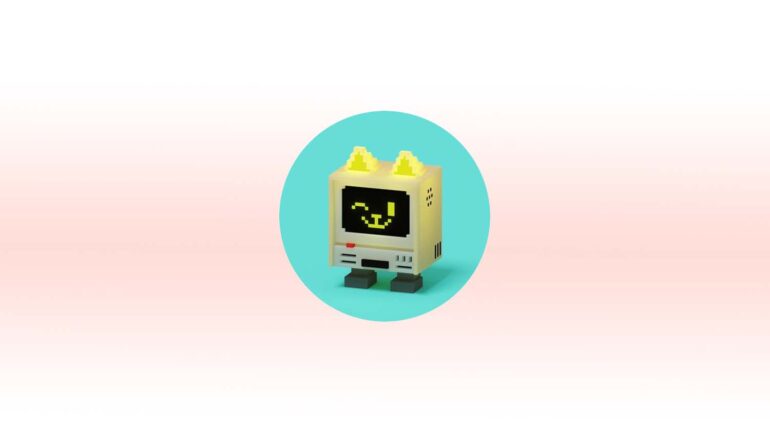TL;DR:
- KittyCAD introduces “Zoo,” a groundbreaking company focusing on modern hardware development.
- Zoo offers an ecosystem allowing customization and accessibility to pre-built hardware tools.
- Jordan Noone, Zoo’s co-founder, emphasizes the need for an updated hardware design infrastructure.
- ML-ephant, a key component of Zoo, bridges machine learning and hardware design, enabling Text-to-CAD functionality.
- Jessie Frazelle, Zoo’s CEO, highlights the potential of ML-ephant and the Zoo ecosystem for design innovation.
- Zoo’s proprietary Geometry Engine streamlines geometry processing and visualization rendering.
- The company aims to boost productivity and efficiency for designers and businesses.
Main AI News:
KittyCAD, the pioneer in advanced hardware design tools, has unveiled the birth of “Zoo,” a visionary company set to redefine the landscape of modern hardware development. Zoo is poised to revolutionize the industry by establishing an ecosystem that empowers innovators to not only create and customize cutting-edge hardware tools but also readily access a range of pre-built solutions.
The driving force behind this paradigm shift is none other than Jordan Noone, the co-founder and Executive Chairman of Zoo. With an illustrious track record, having spearheaded the technical development at Relativity Space for five years, Noone brings a wealth of experience and expertise to this endeavor. He states, “Design demands have outpaced today’s hardware design infrastructure, and the industry is due for a refresh. At Zoo, we believe that no designer should be limited by their tools.”
One of the most exciting developments within Zoo is the integration of ML-ephant, a groundbreaking bridge between machine learning and hardware design. ML-ephant’s Text-to-CAD endpoint is set to become a game-changer, enabling designers to craft prompt interfaces for generating initial CAD models simply through text prompts. This machine learning marvel is trained on Zoo’s proprietary datasets and harnesses the power of the KittyCAD Design API, which, in turn, relies on Zoo’s custom GPU-native Geometry Engine to meticulously analyze training data and generate intricate CAD files.
Jessie Frazelle, Zoo’s co-founder and CEO, is enthusiastic about the possibilities unlocked by ML-ephant and the Zoo ecosystem. A former Chief Product Officer at Oxide Computer Company and a distinguished infrastructure engineer, Frazelle remarks, “With the addition of ML-ephant and the creation of the Zoo ecosystem, we are building on the groundwork we’ve laid with the KittyCAD Design API to add machine learning capabilities to design tools never before possible.”
What truly sets Zoo apart is its commitment to providing a secure infrastructure that fosters business growth. The synergy of KittyCAD and ML-ephant APIs promises to enhance designers’ productivity by automating workflows and facilitating the development of tailor-made tools. Fueling this innovation is Zoo’s proprietary Geometry Engine, which handles the heavy lifting in geometry processing and visualization rendering, ensuring that tools can be crafted for any device or operating system.
Conclusion:
The emergence of Zoo, with its integration of ML-ephant and advanced hardware design capabilities, signifies a significant shift in the market. This innovative ecosystem, led by industry veterans, promises to unlock unparalleled creativity and efficiency for designers, revolutionizing the way hardware is developed and accelerating the pace of innovation in the industry. Businesses should closely monitor Zoo’s progress as it has the potential to reshape the hardware design landscape.

